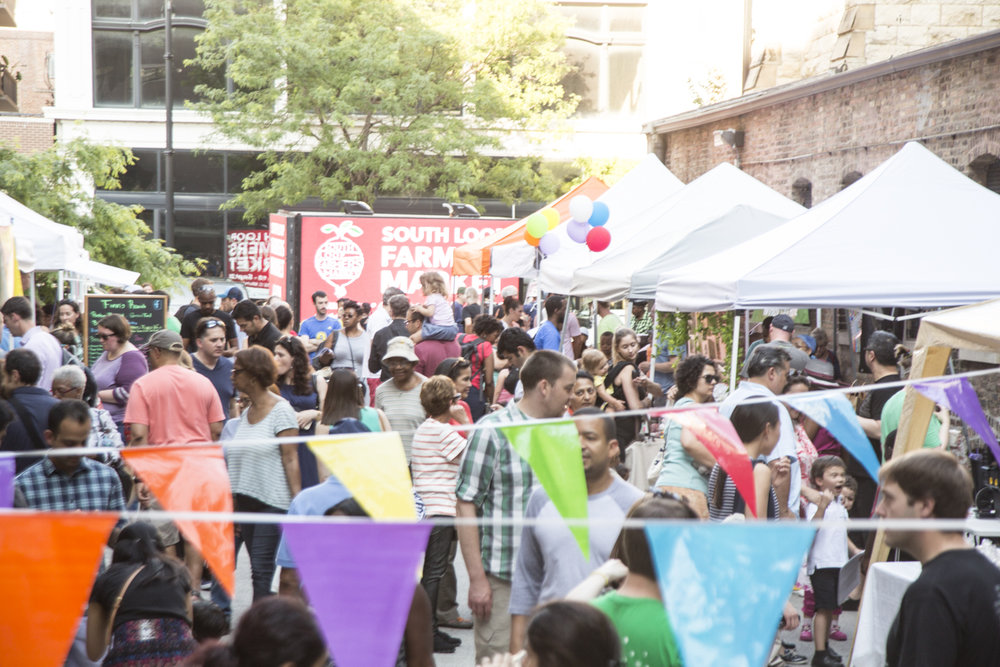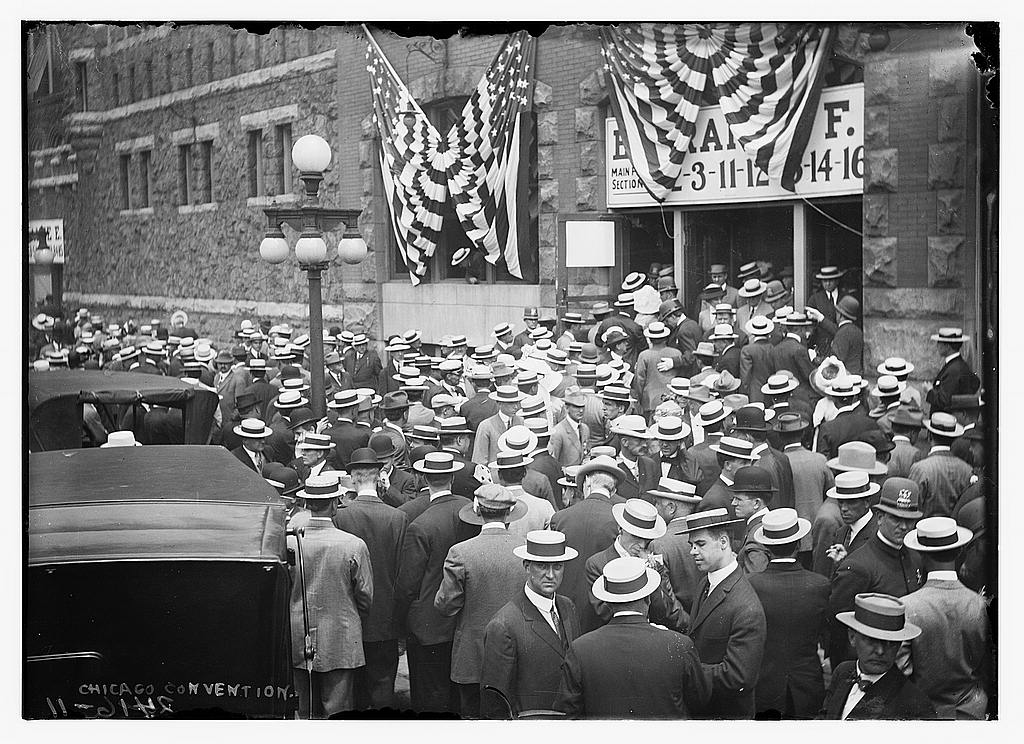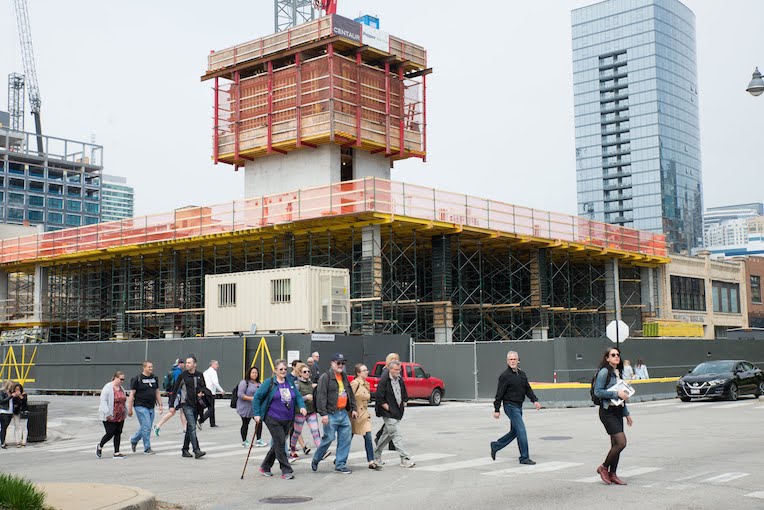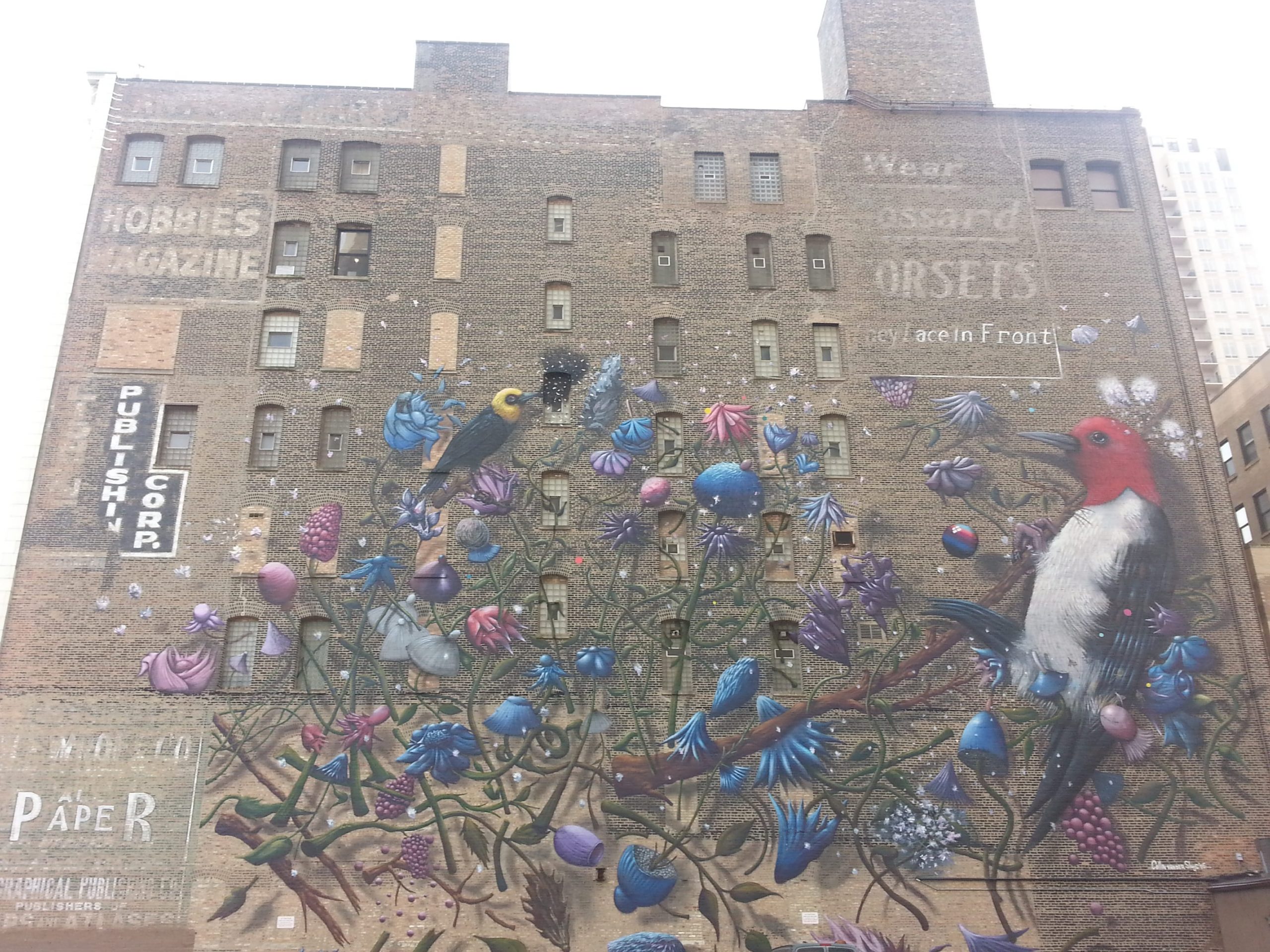The history of McCormick Place is packed with one big disaster and tons of ambition. According to its website, nearly 3 million people visit the vast complex every year. Perhaps only the grounds of the 1893 and 1933 World’s Fair have held so many visitors. And yet, for both visitors and locals alike, McCormick Place is likely a somewhat anonymous spot. After all, few people wonder about the history of a place that feels brand new. But, oh, the story is juicy!
We research stories from Chicago history, architecture and culture like this while developing our live virtual tours, in-person private tours, and custom content for corporate events. You can join us to experience Chicago’s stories in-person or online. We can also create custom tours and original content about this Chicago topic and countless others.
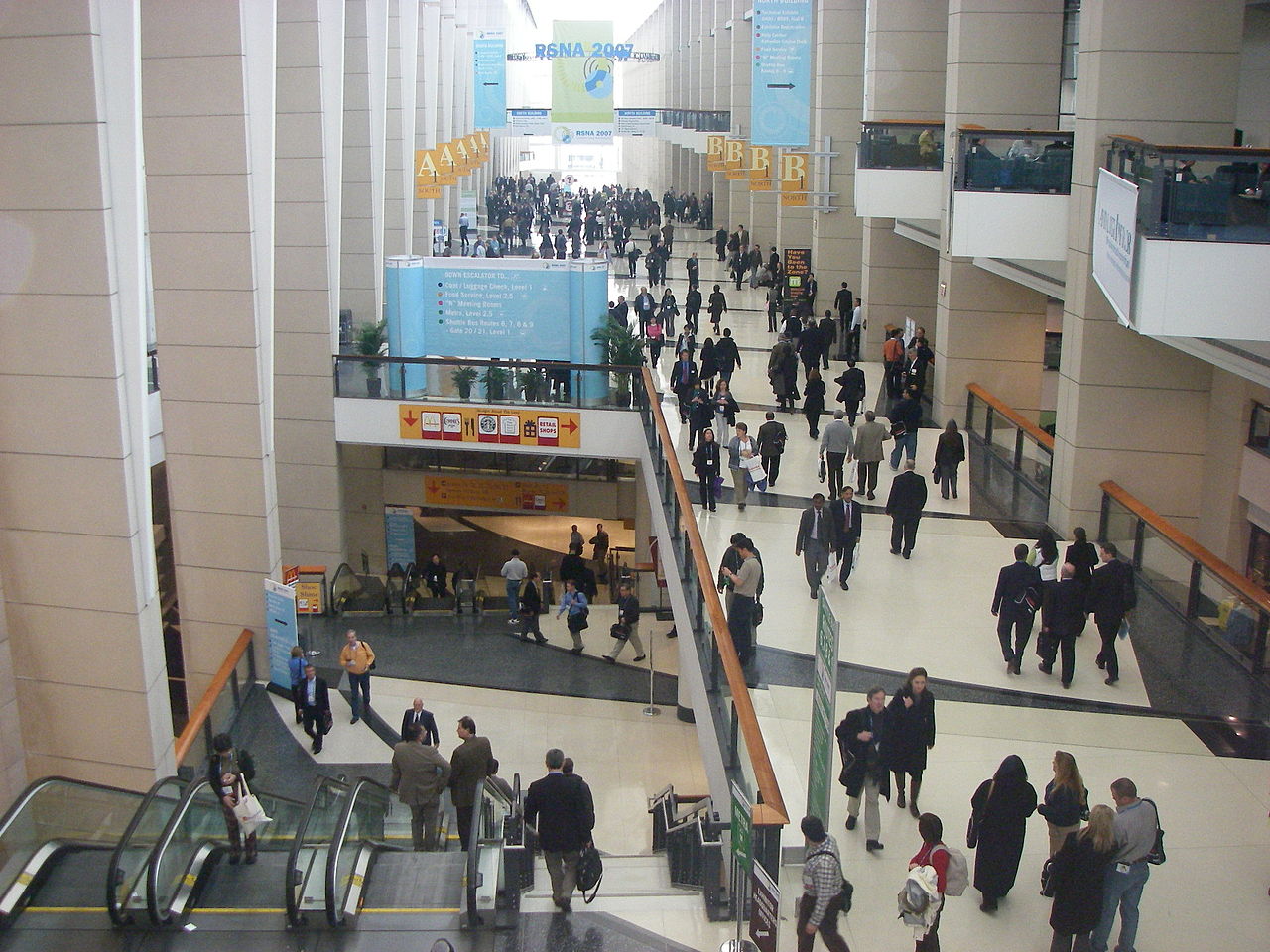
Col. McCormick and the Century of Progress

As with many of Chicago’s biggest endeavors, the history of McCormick Place starts with a world’s fair and the McCormick family. The McCormick family had risen in Chicago thanks to the wealth generated by their industrialized farming machinery business.
The ideas first formed in the mind of Col. Robert McCormick in the late 1920’s. This was during the run-up to the 1933 Century of Progress Exposition. That event, which ran for two years, brought millions of visitors and 1,500 conventions to Chicago.
Col. McCormick was the publisher of the Chicago Tribune, making him among the region’s most influential figures. According to the Tribune’s history, he foresaw that massive business conventions would become a regular, annual necessity in the near future. So, supposedly as early as 1927, he argued that Chicago should have a purpose-built convention center. It would take another three decades, but his vision would pay off eventually.
The Great McCormick Place Fire
The original McCormick Place opened on the lakefront in November 1960. The end-result of decades of politicking, it had cost the city and state $35 million (nearly $300 million in 2017). But the massive, gleaming-white structure was an engineering marvel. Huge exhibitions, like the annual Auto Show and Home and Garden Show, were already lining up to use the space. A Tribune reporter memorably said it was “larger than Circus Maximus of ancient Rome and more durable than the Colosseum.” About that…
A massive fire destroyed McCormick Place barely six years after it opened. On a frigid night in January 1967, janitors noticed smoke around 2:00 AM. By the time the Chicago Fire Department arrived the huge building was beyond saving. Upon hearing the news, Mayor Daley intoned, “This is a tragic loss to the people of Chicago. But remember the Chicago fire of 1871. The people recovered from that one.” The history of McCormick Place, as it turns out, would involve a lot more than mere recovery.
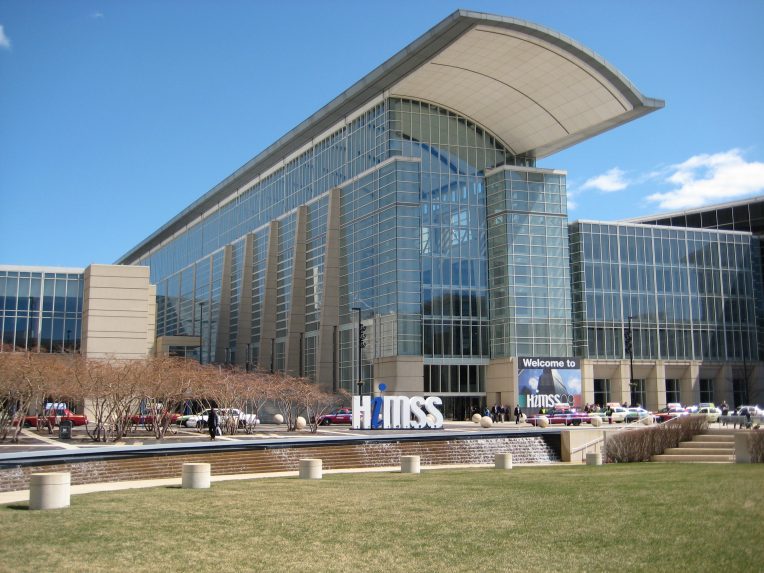
(Re)building and the Politics of Urban Renewal
McCormick Place reopened four years later with a controversial work of high modernism. The Lakeside Center, as it’s now known, was built on the foundation of the destroyed original. For me, the dramatically cantilevered roof and glowering black steel make it a fascinating and beautiful work of architecture (at least for some people!). But I’ll also acknowledge that this structure, one of Chicago’s last in the International Style of Modernism that Mies van der Rohe pioneered, feels out of place on the lakefront. It has no direct neighbors and seems to squat when the location calls for soaring.
Subsequent additions over the course of the history of McCormick Place would bear out that criticism. Once per decade, starting in 1986, a succession of humungous new buildings were constructed across Lake Shore Drive from the Lakeside Center. Whereas the older building emphasized the horizontal, the newer McCormick Place buildings have stressed their vertical lines. It makes them feel visually closer to the skyscrapers of downtown. The Grand Concourse, which brings most guests into the massive halls of the North and South Buildings is especially fetching and famous.
McCormick Square and a New Entertainment Era
All the additions have made McCormick Place into the largest convention center in the United States. But the additions and redevelopment have always been a lightning rod for controversy. Much of that comes from McCormick Place’s location right across the I-55 freeway from Bronzeville. Not-so-accidentally-placed freeway overpass bridges walled this historically African-American neighborhood off from the gleaming convention center. The effect, seemingly, has been to make McCormick into a corporate island apart from its poorer, black neighbors. By contrast, the development of McCormick Place may have helped spur the gentrification of the Prairie Avenue district just to its (unimpeded) north.
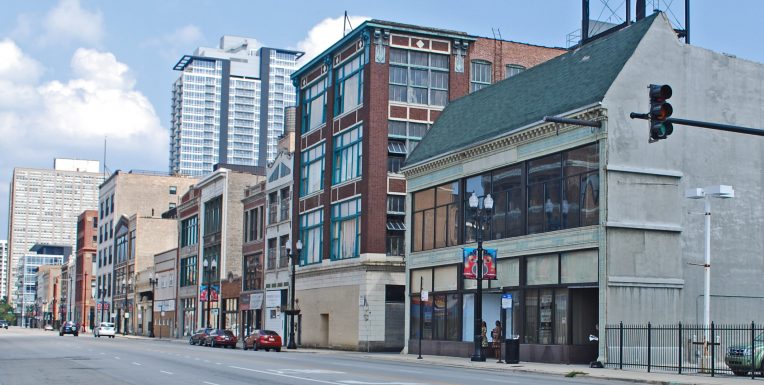
The just-opened additions of the Marquis Marriott hotel and Wintrust Arena continue this once-per-decade cycle of additions and updates in the history of McCormick Place. But we’re also seeing a new dimension to this anodyne corporate sphere. McPier, the government agency that runs McCormick Place and Nayy Pier, decided to rename the whole neighborhood. Thus was “McCormick Square” born. This “new” neighborhood encompasses the convention center and its new hotel and arena. The old Motor Row strip along Michigan Avenue, where many buildings are being reopened as bars, restaurants, and clubs, is also in McCormick Square.
Increasingly, the goal seems to be to integrate McCormick Place into the fabric of daily city life. I’ll be curious to see how many locals spend their time and money there in the future. If anything, be sure to check back in ten years when the next massive addition just might be underway.
– Alex Bean, Content Manager and Tour Guide
ABOUT CHICAGO DETOURS
Chicago Detours is a boutique tour company passionate about connecting people to places and each other through the power of storytelling. We bring curious people to explore, learn and interact with Chicago’s history, architecture and culture through in-person private group tours, content production, and virtual tours.
